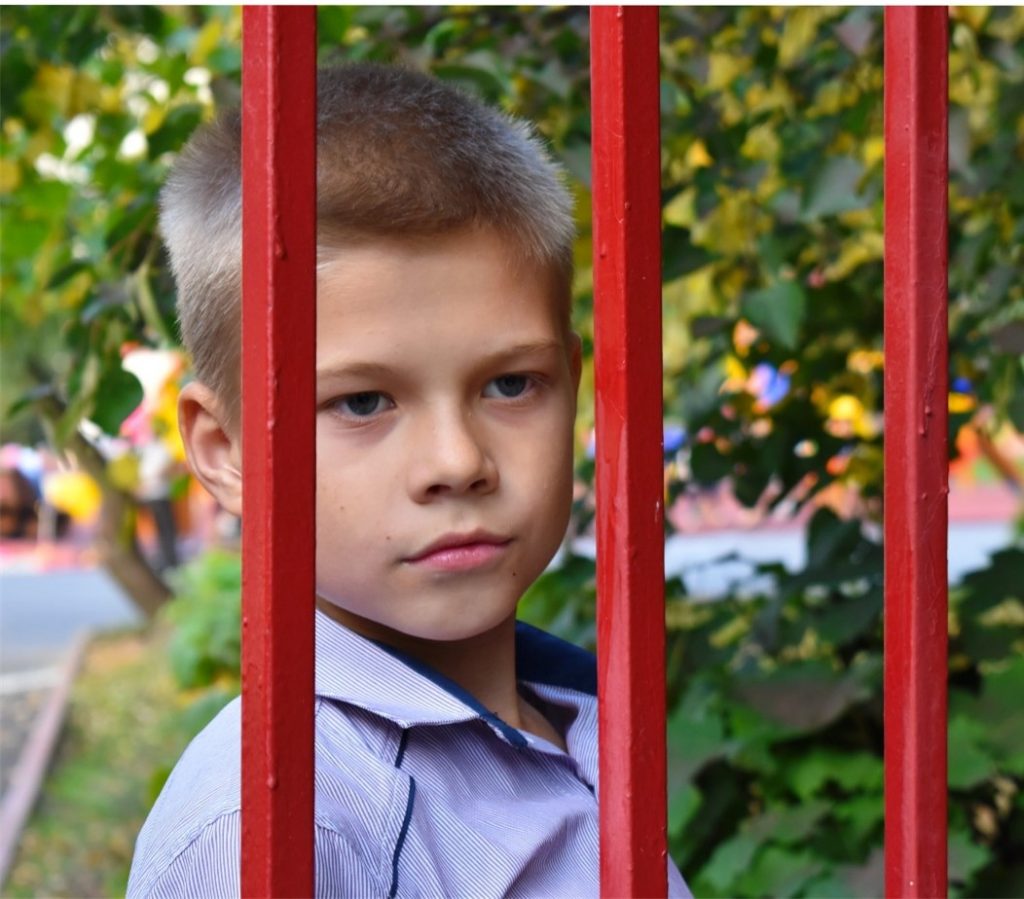Eric Andrew Cinotti has earned an AAS in Criminal Justice, BA in Sociology & Criminology, Master of Public Administration, and a Juris Doctorate with a concentration on the US Constitution, currently working on a PhD. Additionally, he has dedicated more than 20 years in law and government service. In the following article, Eric Cinotti navigates the juvenile justice system, and the opportunities it provides for rehabilitation and improving the lives of troubled young people.
In a 2019 report by the Office of Juvenile Justice and Delinquency Prevention, courts with juvenile jurisdiction handled an estimated
722,600 delinquency cases. Anyone under the age of 18 that is accused of committing delinquency (like truancy, shoplifting, or vandalism) or criminal acts (such as theft, assault, and murder) were subjected to the youth offender system.
Eric Cinotti explains that the juvenile justice system is similar to the adult criminal justice system in many ways, but it operates under the premise of rehabilitation and correction rather than punishment, seeking to avoid incarceration whenever possible.
Eric Andrew Cinotti Explains the Complexity of Juvenile Incarceration
In a report by the National Center for Juvenile Justice, detained or incarcerated youth have a higher likelihood of being subjected to various negative circumstances, including:
- overcrowding
- physical and sexual violence
- risk of suicide
- death
By keeping juvenile incarceration as a last resort, the negative circumstances of out-of-home placement can be mitigated.
Instead of segregating the young person from their community, a successful case is the youth learning from the experience without being exposed to an adult prison, having no formal contact with the juvenile or criminal justice systems.
Youth Rehabilitation Through Diversion Programs
Eric Cinotti says that diversion programs steer offenders away from the “deep end” of the legal process using programming, supervision, and support. This avoids labeling youth as a “delinquent,” which may actually increase future delinquency.
Youth that undergo diversion are less likely to become delinquents in the future compared to formally detained youths. With that in mind, employing diversion programs and placing youth in a community rehabilitative setting is the preferred method of dealing with minor delinquency charges.
Eric Andrew Cinotti notes that there are various types of diversion programs depending on how far along it’s used during the juvenile legal process, but the overarching goal is the same: to informally rehabilitate delinquency as a means of preventing future offenses. Typical services provided for youth and families in diversion programs include one or more of the following:


- Screening and assessment
- Education and tutorial services
- Victim awareness classes and activities
- Service-learning programs
- Substance use education and counseling
- Job skills training
- Mental health treatment
- Crisis intervention
- Family counseling
- Parenting skill development
- Supports for rebuilding family relationships
- Recreational or organized sports activities
For youth already involved or in danger of being involved with the justice system, diversion programs maintain a young person’s connection to their community by keeping them in their environment. These programs typically occur on school premises, on community sites, or at the youth’s home.
Re-entry into the Community After Juvenile Incarceration
The most severe sanction that a juvenile court can impose is restriction of a youth's freedom through placement in Non Secure Care, commonly known as Residential Placement.
Eric Andrew Cinotti says that previously incarcerated youth transitioning from residential placement can face many concerns as they re-enter the community, home, and school or work force. When preparing for re-entry, these key issues must be addressed:
- A stable home environment, nurturing skills and healing of damaged relationships.
- Reducing or discontinuing substance use/abuse.
- Productive use of free time, and refraining from socializing with delinquent peers.
- Facilitating an environment that inspires educational achievements.
- A support system that addresses mental, social, behavioral, and health concerns.
Most importantly, it is vital to be aware that a juvenile record can affect the youth’s future, making it challenging to move on with life. Most states provide an opportunity to clear juvenile records. Others allow it to be expunged (other terms used are “seal,” “delete,” “destroy,” or “expunct”) making it inaccessible without permission from a judge.
The process to get a juvenile record cleared is different in each state, a local lawyer or
The Gault Center can provide specific information about personal circumstances for clearing a juvenile record.
For the youth and their family, toolkits prepared by the Office of Juvenile Justice and Delinquency Prevention, provides direction prior to reentry and steps to be done while still inside residential placement. Also included are common barriers the family can expect during reentry, along with the tools needed to overcome them.
Eric Cinotti explains that regardless of where youth return after leaving Residential Placement, within the sphere of the youth criminal justice system, there is a firm belief that these formerly troubled young people can and will lead healthy and constructive lives if given guidance and the opportunity to grow.

